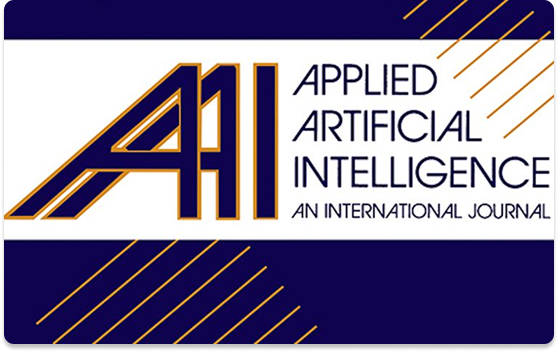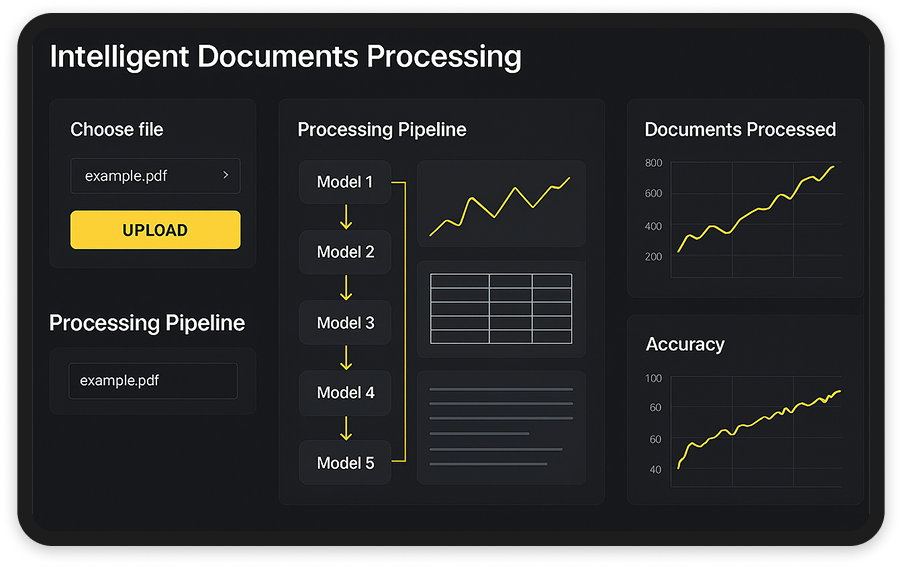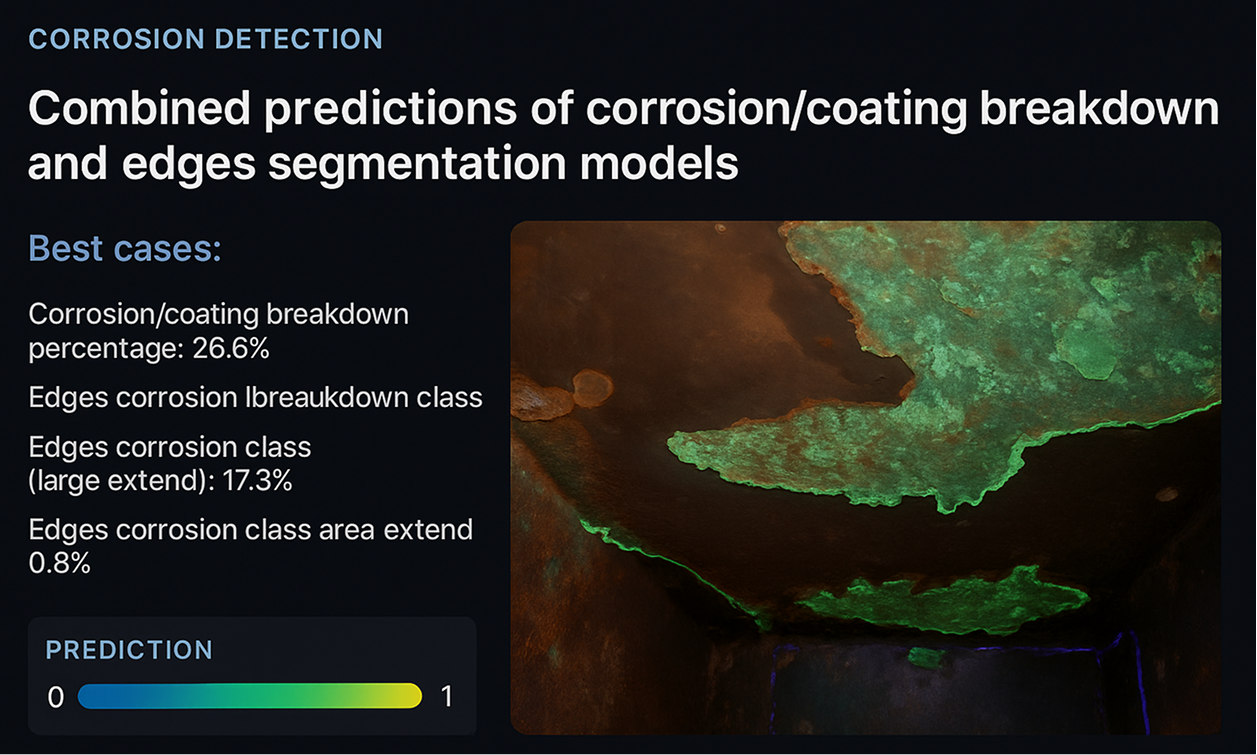The study explores the use of Fractal Neural Networks (FractalNet) for analyzing satellite images, specifically for object detection. It aims to improve accuracy and processing speed compared to traditional Convolutional Neural Networks (CNNs) like VGG16 and ResNet50. High-resolution satellite images were collected from Google Earth and used to train and test FractalNet models with varying hyperparameters. The results showed that FractalNet outperformed CNNs, achieving a test accuracy of up to 93.26% in deep configurations. The study highlights the potential of fractal neural networks in automating satellite image analysis, making them a robust alternative to conventional methods.
Takeaways:
- Fractal Neural Networks (FractalNet) offer superior accuracy compared to traditional CNNs in satellite image analysis.
- The recursive structure of FractalNet improves feature extraction, particularly in deep network configurations.
- A 32-layer FractalNet model achieved a high test accuracy of 93.26%, outperforming VGG16 and ResNet50.
- Data augmentation and hyperparameter tuning significantly improved model performance.
- Compared to conventional CNNs, FractalNet reduces overfitting while maintaining accuracy, making it suitable for complex satellite imagery.
- Automated satellite image analysis using FractalNet can enhance detection speed and efficiency for applications like infrastructure monitoring and environmental assessment.
- The study reinforces the need for advanced deep learning techniques to improve real-time image classification in satellite-based monitoring systems.



